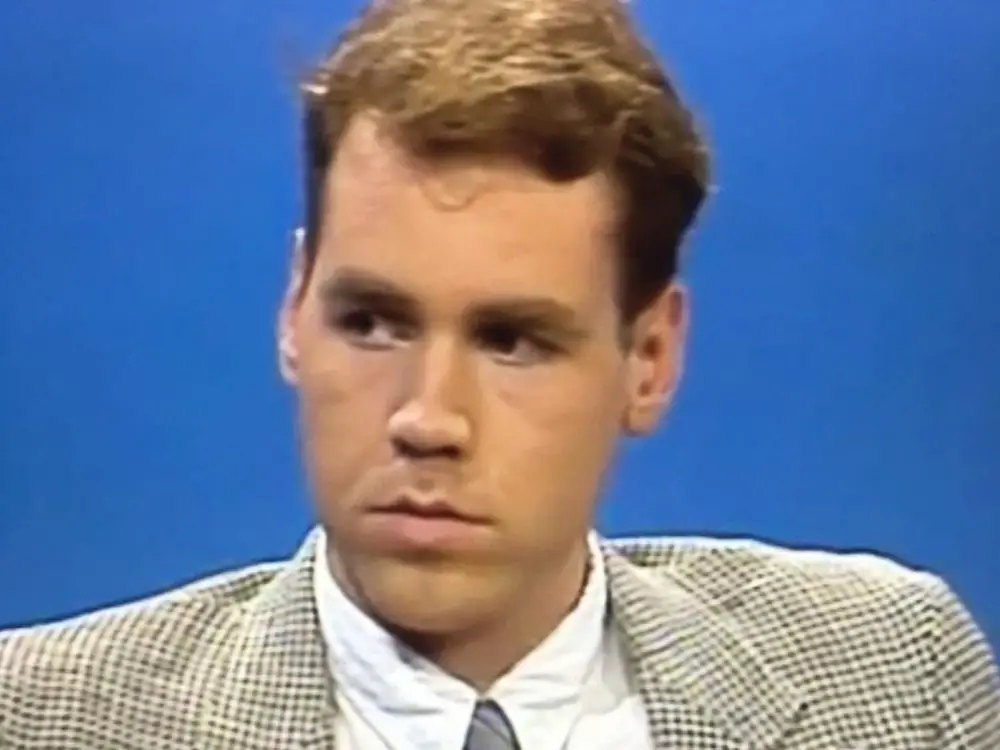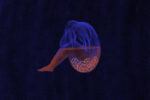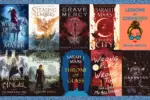Twenty years ago, the adaptation of the Brett Easton Ellis novel “American Psycho” hit theaters. Much like the film, Ellis himself is often the subject of controversy; that is because he is an honest writer and artist.
Ellis examines the upper class with a detective’s eye, and he is unapologetic about it. Unlike other writers, he is inside the very thing he is writing about, and he knows how to navigate the labyrinth he was born in.
Ellis tells it like it is. The writing is raw and unapologetic, and it creates a sort of rhythm throughout. This is because of his minimalist style, consisting of short sentences, abrupt periods and concise language. Just think the opposite of a James Joyce or William Faulkner, who push language to its most complex limits to make sweeping, profound point. Of course, this doesn’t mean Ellis can’t be profound — he uses the minimalist style because it suits what he wants to say.
Ellis is a postmodern writer. His style goes beyond the modernist style that dominated the first half of the 20th century. His conception of postmodernity is exemplified in his work; there are multiple interpretations in his novels, and he leans heavily on irony. More of his style can be seen at the end of “Less Than Zero,” in a conversation between the protagonist Clay and his friend Rip:
”’But you don’t need anything, you have everything,’ I tell him.
“Rip looks at me. ‘No, I don’t.’
“‘What?’
“There’s a pause and then I ask, ‘Oh, s—, Rip, what don’t you have?’
“‘I don’t have anything to lose.'”
Of course, you need greater context to understand what is happening in this scene (something horrible) but you can get a river of thoughts and interpretations from the simple and concrete responses of Rip. It is up to the reader to do the work of filling in the meaning. Besides that, you can see that Rip is dictating his destiny.
Less Than Zero
Ellis wrote the book at age 16 when he was in high school. It is his first novel and it was highly successful when it was first published. This caught Ellis by surprise because he never thought a novel like that would be read that much. One of the publishers said, “People will not be interested in reading a novel about coke snorting zombies.” But it is interesting to see why it was so successful. If you read the novel, you see something very different and original. It was incredibly modern and “hip” at the time, and it captivated the reader with the hypnotic narrative of Clay.
Most importantly, “Less Than Zero” is incredibly dark and violent. The narrator, Clay, is floating in a world where the barriers have been stripped down, and he keeps getting into the terrifying void. It feels as if you are on a train going to a terrible place but there are no brakes. The nauseating feeling caused by Clay’s non-reaction to despicable things is something that seduces the reader. Whether it is a detailed description of a snuff film to continuous drug abuse, the seductive quality is something mysterious. It is like when you were a kid and your parents would not let you watch a horror movie; there was forbidden fruit on the other side.
Nevertheless, “Less Than Zero” is still a very profound and moral novel. It provides introspection into the lives of upper-class kids living in LA in the early ‘80s. Even though it is fiction, it should almost be treated as an anthropological work. And I think when people fail to see it as that, they take it at face value, resulting in outrage and controversy.
American Psycho
This is Bret Easton Ellis’ most famous novel. He wrote it when he moved to New York after college and started hanging out with upper-class Wall Street bankers, all to get material to write his novel. Ellis wrote Patrick Bateman, the protagonist, as a representation of his father and the yuppie culture of the ‘80s. The book is a complete experience to read because it hypnotizes and tricks the reader. The first 100 pages provide indoctrination into the material world of the ‘80s. There are entire chapters describing stereo sound systems and music like Huey Lewis and the News. But when you get through those 100 pages, a scene hits you like a dagger. This is the first violent scene of Patrick killing a homeless man and his dog on the streets — a complete horror show. But it becomes more impactful because you become transfixed by the continuous narration of objects and mundane conversations prior to other transgressive acts.
Nevertheless, “American Psycho” is a mirror that reflects the monsters inside of us. It is highly exaggerated, but accurate. People show the violence in different ways, but this was the aesthetic Ellis chose. He was criticized for wanting to shock people. But, of course, the book goes beyond shock. It is a moral journey into the life of Patrick Bateman.
Ellis wrote more novels, but these are his most popular.
Critical Reception
Is it necessary to have all of the violence and sex? It is understandable that people think the author of “American Psycho” is a sadist, a homophobe and a misogynist. I think people’s reactions are perfectly understandable. For example, when Ellis tried to publish “American Psycho,” it was taken down by a group of feminists. Later, he was able to find another publisher who ended up publishing his novel despite the controversy. But why do people think like this?
For obvious reasons, you have Patrick Bateman brutally murdering women; deeper than that, you have the notion that women are just monotonous objects that can be exploited. Nevertheless, I think that is the whole point of the book. It deals with an everlasting sense of narcissism that portrays other people as irrelevant and of course, women as sexual objects. If people can’t see past the gore and sexual themes of the novel, then they have all the right reasons to condemn Ellis, in their opinion. But when it comes to stripping away someone’s book, then it is more complicated. This brings the debate of hate speech versus freedom of speech, and it is something that current artists are struggling with.
If your freedom of expression is hijacked by the constant policing of values and attitudes, then what is art then? Is it an honest expression of the artist? Or is it expression driven by fear? The desire to please in artists are probably very bad for art. But again, who draws the line?
Why does Ellis’ work matter today? Well, novels like “American Psycho” tell people what they do not want to hear. They show people the ugly side of humanity. As a result, the glorification of violence and sex was taken at face value by some people, but still, I think it is necessary to tell your story in your own terms. Yes, some people would get offended and there will be collateral damage, but if your vision and your story needs to be told, then you should go for it. At least that is what Ellis did, and it turned out well for him.
















